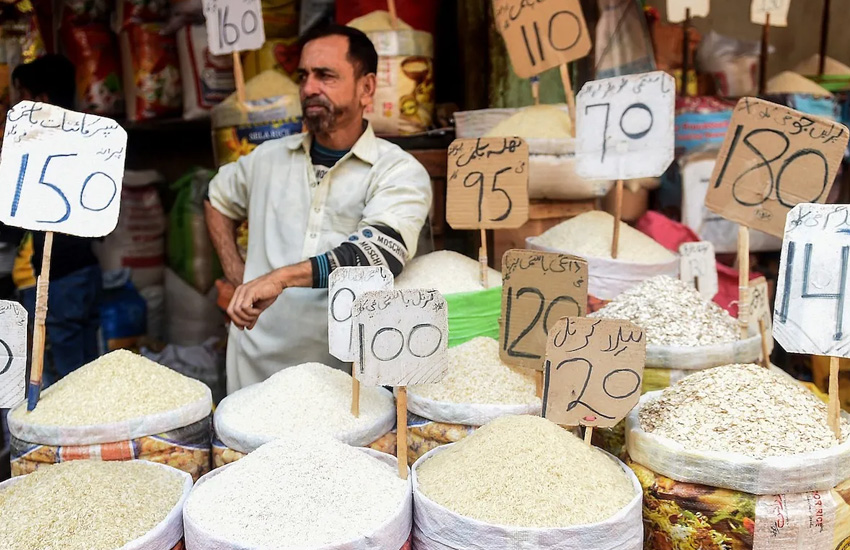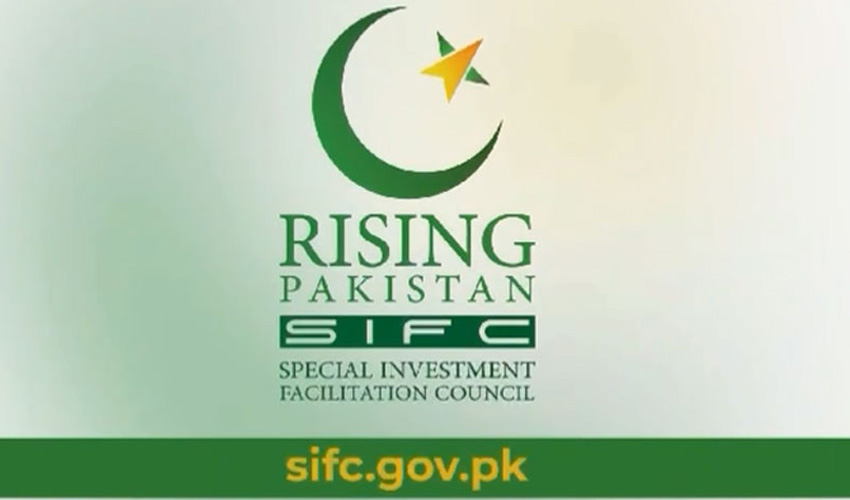In a surprising turn of events, Pakistan's headline inflation reached a staggering 29.7% year-on-year in December, surpassing the government's projection and highlighting the persistent economic challenges faced by the nation.
The data released by the Pakistan Bureau of Statistics (PBS) on Monday revealed a marginal increase from November's 29.29%, sparking concerns about the country's economic stability.
Contrary to the Ministry of Finance's expectations, which were outlined in its 'Monthly Economic Update and Outlook' report last week, the actual inflation rate exceeded the forecasted range of 27.5-28.5%.
The ministry had attributed the anticipated moderation in inflation to factors such as a stable exchange rate, contained aggregate demand, improved supply positions, lower international commodity prices, and a favorable base effect.
July-December average inflation climbs to 28.79%
The inflationary pressures persisting throughout the year have resulted in a July-December average inflation rate of 28.79%, a significant uptick from the 25.02% recorded in the same period of the previous year. The unexpected surge is raising concerns among experts and policymakers about the effectiveness of current economic measures in curbing inflation.
Urban vs rural dynamics
Breaking down the inflation figures, the PBS highlighted disparities between urban and rural areas. In urban centers, inflation rose to 30.9% year-on-year in December 2023, compared to 30.4% in the previous month and 21.6% in December 2022.
Meanwhile, rural areas experienced a more moderate increase, with year-on-year inflation reaching 27.9% in December 2023.
Experts attribute the 0.8% increase in December's inflation to a surge in the housing and utility index, particularly driven by a 3.56% increase in electricity charges. This has raised concerns about the affordability of essential services for citizens and the potential impact on overall economic well-being.
SBP’s outlook
In response to the rising inflationary pressures, the State Bank of Pakistan (SBP) had maintained the key policy rate at 22% in its last Monetary Policy Committee (MPC) meeting.
The SBP remains cautiously optimistic, expecting a significant decline in headline inflation in the second half of FY24. Factors such as contained aggregate demand, easing supply constraints, lower international commodity prices, and favorable base effects are anticipated to contribute to this decline.
Future projections
Despite the current challenges, the SBP projects an average inflation rate for FY24 within the range of 20-22%.
The central bank emphasised the positive real interest rate on a 12-month forward-looking basis and anticipates a gradual improvement in the inflation outlook.



























